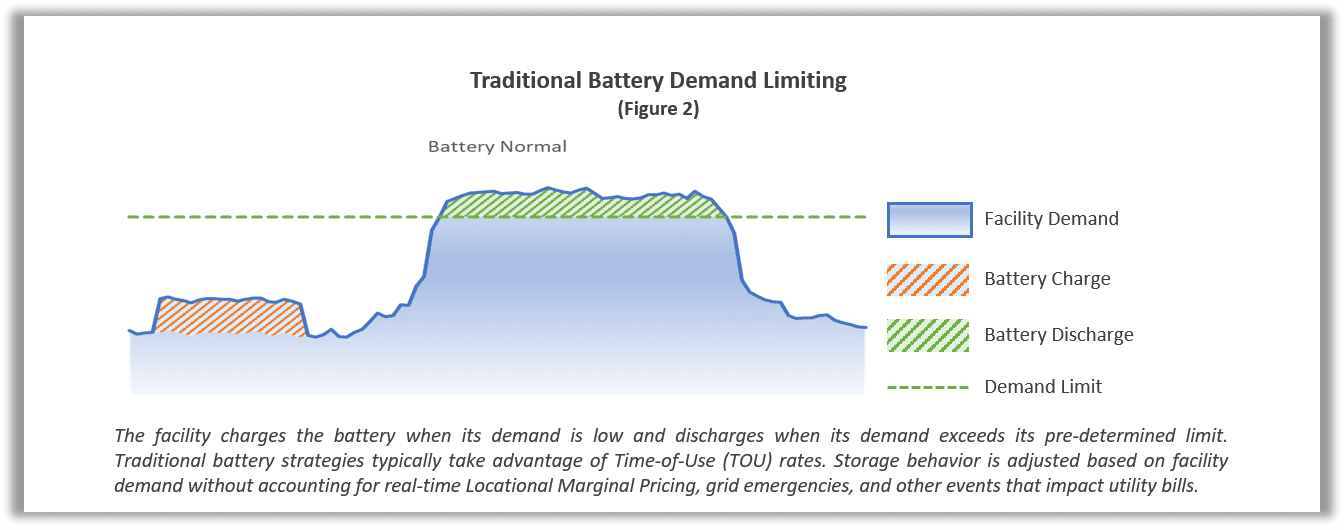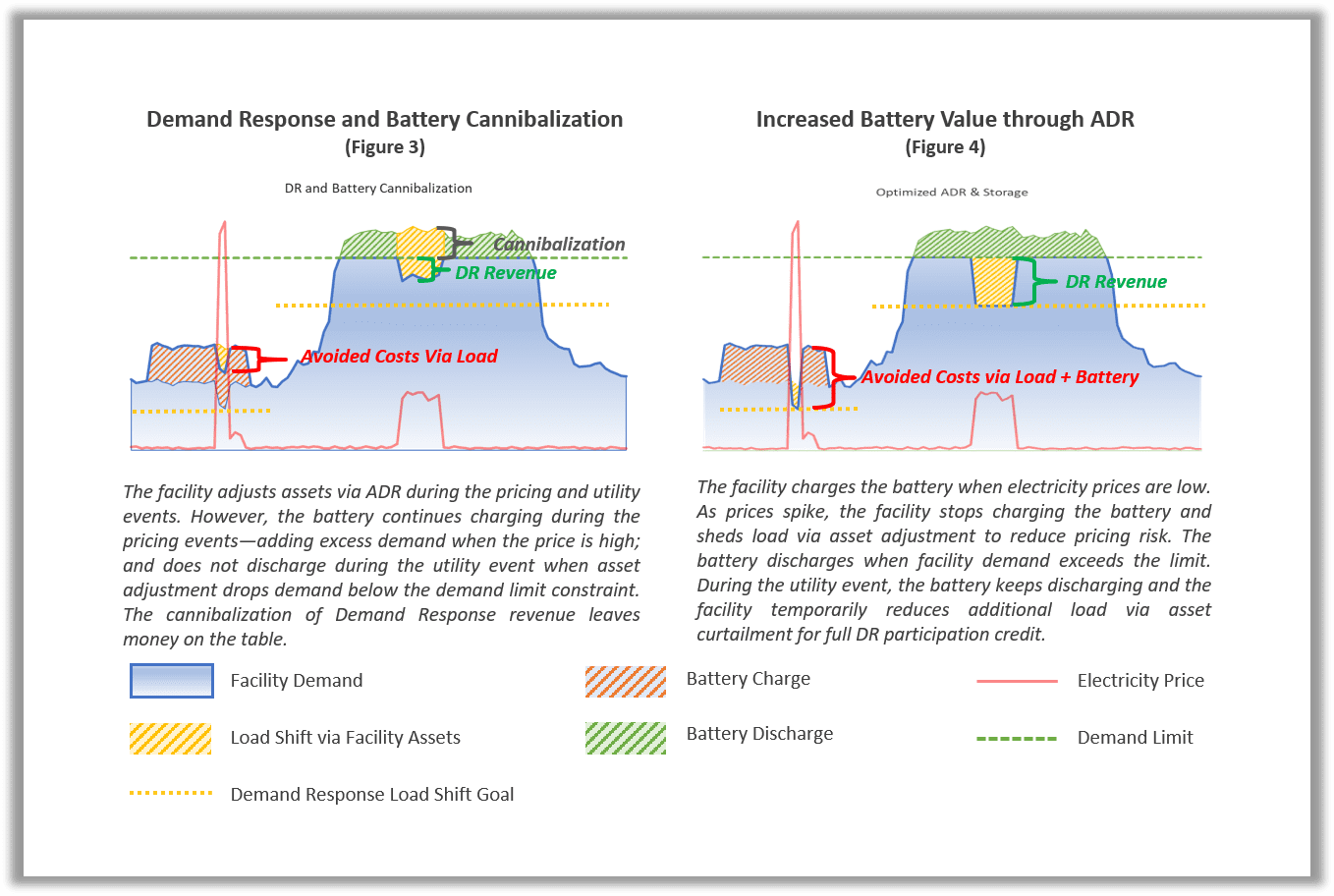Extract the Most Value from Your Onsite Storage 
Happy New Year! We hope you’ve had a great holiday season and are now back in the swing of things. We thought we’d kick off 2020 by sharing four principles you must consider when seeking to maximize the benefits of onsite storage.
It’s no secret that Texas is one of, if not, the most volatile energy market in the United States. In fact, 2019 saw an all-time high for peak demand in Texas. Electricity prices spiked multiple times when high summer temperatures coincided with unusually low wind output (from unplanned outages) during peak demand intervals. Electricity is an inelastic commodity; changes to its pricing typically don’t elicit a response from the market because: 1) having your home or workplace cooled to a desirable temperature are non-negotiables for many customers, and 2) many end customers aren’t exposed to the fluctuations in the electricity price because they often pay a blended fixed price which often covers the market risk. The lack of widespread storage adoption contributes to pricing and demand risks in markets with an increasingly diverse portfolio of energy generators. Given these characteristics, wholesale prices for electricity can sometimes soar out of control, as it did on August 13, 2019 when electricity prices capped out at $9000/MWh, 253X the average annual real-time price in ERCOT’s energy market the prior year. As utilities and companies incorporate more renewables in Texas, California, the Mid-Atlantic, New York, and New England, storage can play an increasing role in energy management strategies. Our four keys can help you get the most out your storage solutions in an increasingly diversified energy landscape.
1. Demand Response Helps Customers Save Costs, Generate Revenue and Contribute to the Stability of the Grid
Utilities and Independent System Operators (ISOs) such as NYISO, PJM, CAISO, ERCOT, and ISO-NE offer Demand Response programs and electricity rate structures to incentivize decreased energy usage at strategic times to protect and improve the stability of the grid. Demand response (DR) and energy storage can work together to deliver maximum DR incentives. Automated Demand Response (ADR) technology enables users to adjust electricity consumption, leveraging existing building controls and assets, without sacrificing occupancy comfort or operational integrity. Demand in facilities using ADR Controllers (ADRCs) to act on multiple Demand Response opportunities may look as follows in Figure 1 with the facility shedding load by curtailing energy consumption at the asset level.

2. Batteries and Storage Can Be a Key Component of Demand Limiting Strategies
Many organizations use batteries to limit demand charges as demonstrated in Figure 2. Demand charges are fees applied to commercial and industrial customers based upon their highest energy consumption during any interval of their billing period (typically a 15-minute window). Demand charges can account for 20% to 40% of electricity costs. Companies that perform demand limiting rely on their batteries to prevent a facility’s peak load from surpassing a pre-determined demand setting. Although batteries can be charged during off-peak times, they must often be charged by solar to qualify for maximum tax credits or incentives.

3. Storage Often Cannibalizes Demand Response Performance
A facility receives optimal benefit from energy storage when it also participates in demand response. However, battery and storage behavior can sometimes cannibalize the intended demand response participation as illustrated in Figure 3.
4. Automated Demand Response Technology Should Maximize Storage Performance During Pricing and Demand Response Events
The ideal Automated Demand Response (ADR) solution complements storage solutions rather than competes with them and works on sites where both solar and energy storage are present—allowing maximum value from Demand Response participation. THG’s patented Automated Demand Response Controllers (ADRCs) enable an optimal strategy for Demand Response and storage. The strength of our ADR technology lies in its real-time market-integration via telemetry and automation that tie on-site assets to DR strategies–enabling fully-automated execution. The flexibility of our ADR hardware and software supports a three-fold approach to a renewable energy plan: solar, storage, and demand response. We recommend the following approach for battery utilization as displayed in Figure 4:
- Charging when the electricity price is low (or via solar), discharging when the price is high, and setting hold pattern for no charge/discharge.
- Using the battery for Demand Response revenue, while maintaining capacity for Demand Limiting.

Want to increase the value of your Demand Response strategy with onsite storage and renewables? ContactUs@thgenergy.com to learn more.
